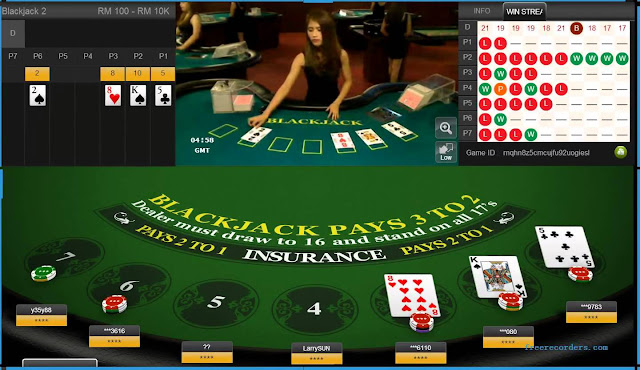Gambling probability and odds
Gambling can be a great deal of fun regardless of whether you don't see any of the math behind it, yet it's much progressively fun on the off chance that you have a principal comprehension of how likelihood and chances work. The reason for this page is to give a prologue to how likelihood functions and how chances work. Those are the 918kiss gambling math nuts and bolts.
Likelihood alludes to the opportunity that a specific result will occur in a given circumstance. It very well may be communicated as a part, as a rate, or as chances. All probabilities are numeric qualities, and they're generally a number somewhere in the range of 0 and 1. Something with a likelihood of 0 is something that would never potentially occur. By definition, a likelihood of 0 is a result that is unthinkable. For instance, on the off chance that you roll a six-sided pass on that is numbered 1 through 6, the likelihood of rolling a 7 is 0.
Something with a likelihood of 1 is a conviction. It will dependably occur. For instance, on the off chance that you roll a six-sided kick the bucket that is numbered 1 through 6, the likelihood of rolling a 1, 2, 3, 4, 5, or 6 is 1. You're likely most used to seeing a likelihood communicated as a rate. In that first model, the likelihood of rolling a 7 was 0%. In the second precedent, the likelihood of rolling a number somewhere in the range of 1 and 6 was 100%.
The likelihood of a result is effectively determined. You take the complete number of ways accomplishing the result, and you partition it by the majority of the conceivable results. For instance, on the off chance that you need to ascertain the likelihood of flipping a coin and having it arrive on heads, you take a gander at the all-out number of ways it could arrive on heads. On a typical coin, that is one. You isolate that one by the all-out number of conceivable results, which is two (heads is one probability; tails is the other– with the goal that's two conceivable results.)



Comments
Post a Comment